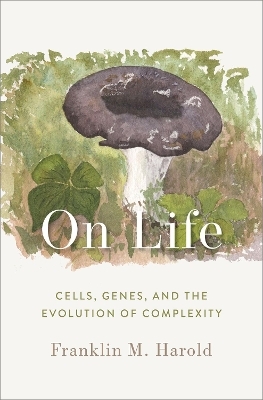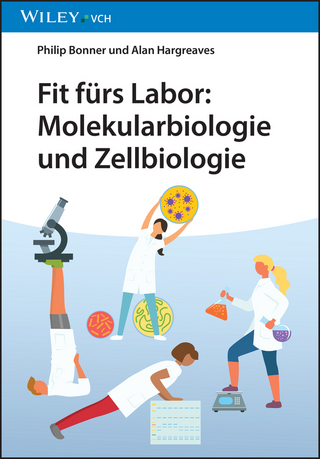
On Life
Oxford University Press Inc (Verlag)
978-0-19-760454-0 (ISBN)
Franklin M. Harold's On Life reveals what science can tell us about the living world.
All creatures, from bacteria and redwoods to garden snails and humans, belong to a single biochemical family. We all operate by the same principles and are all made up of cells, either one or many. We flaunt capacities that far exceed those of inanimate matter, yet we stand squarely within the material world. So what is life, anyway? How do living things function, and how did they come into existence? Questions like these have baffled philosophers and scientists since antiquity, but over the past half-century answers have begun to emerge.
Offering an inside look, Franklin M. Harold makes life accessible to readers interested in the biological big picture. The book traces how living things operate, focusing on the interplay of biology with physics and chemistry. He asserts that biology stands apart from the physical sciences because life revolves around organization-- that is, purposeful order.
On Life aims to make life intelligible by giving readers an understanding of the biological landscape; it sketches the principles as biologists presently understand them and highlights major unresolved issues. What emerges is a biology bracketed by two stubborn mysteries: the nature of the mind and the origin of life. This portrait of biology is comprehensible but inescapably complex, internally consistent, and buttressed by a wealth of factual knowledge.
Franklin M . Harold is Professor Emeritus of biochemistry at Colorado State University and Affiliate Professor of microbiology at the University of Washington in Seattle. Born in Germany but raised in the Middle East, he moved to the United States and studied chemistry at the City College of New York. After obtaining his BS, he completed a PhD in comparative biochemistry at the University of California, Berkeley, and later held a postdoctoral fellowship at the California Institute of Technology. He has taught and conducted research for over forty years, mostly in Colorado. Now retired, he remains engaged with science as a writer and lecturer. He is the author of four books, most recently: In Search of Cell History (2014) and his autobiography, To Make the World Intelligible (2017).
Preface
Acknowledgments
Part I: The Nature of Living Things
Chapter 1: Strange Objects
Chapter 2: Living Cells, Lifeless Molecules
Chapter 3: Life Makes Itself
Chapter 4: Putting the Cell in Order
Part II: The Web That Weaves Itself
Chapter 5: The Darwinian Outlook
Chapter 6: Evolution of the Cell
Chapter 7: The Perennial Riddle of Life's Origin
Part III: The Gyre of Complexity
Chapter 8: The Expansion of Life
Chapter 9: The Tangled Bank
Chapter 10: From Egg to Organism
Chapter 11: The Outer Banks of Order
Epilogue: Comprehensive, but Complex and Perplexing
Glossary
Notes
References
Index
| Erscheinungsdatum | 03.12.2021 |
|---|---|
| Zusatzinfo | 21 images |
| Verlagsort | New York |
| Sprache | englisch |
| Maße | 243 x 164 mm |
| Gewicht | 454 g |
| Themenwelt | Naturwissenschaften ► Biologie ► Allgemeines / Lexika |
| Naturwissenschaften ► Biologie ► Evolution | |
| Naturwissenschaften ► Biologie ► Genetik / Molekularbiologie | |
| Naturwissenschaften ► Biologie ► Mikrobiologie / Immunologie | |
| ISBN-10 | 0-19-760454-4 / 0197604544 |
| ISBN-13 | 978-0-19-760454-0 / 9780197604540 |
| Zustand | Neuware |
| Informationen gemäß Produktsicherheitsverordnung (GPSR) | |
| Haben Sie eine Frage zum Produkt? |
aus dem Bereich


